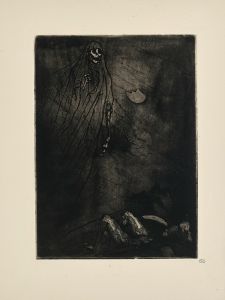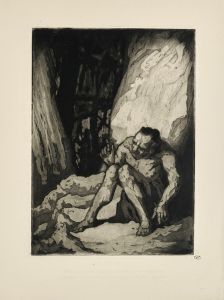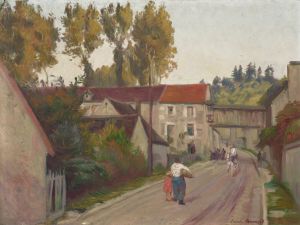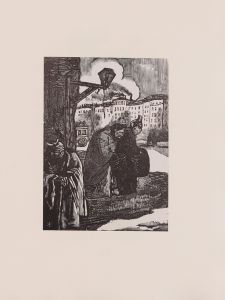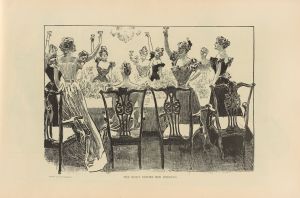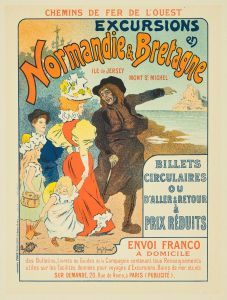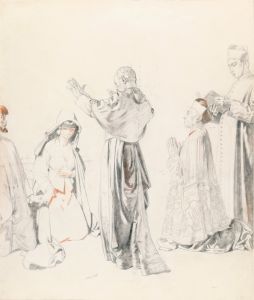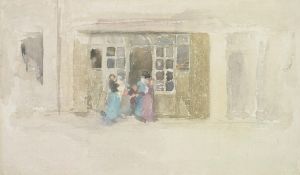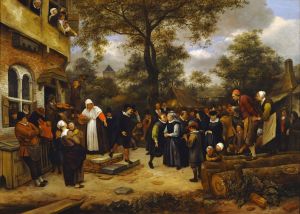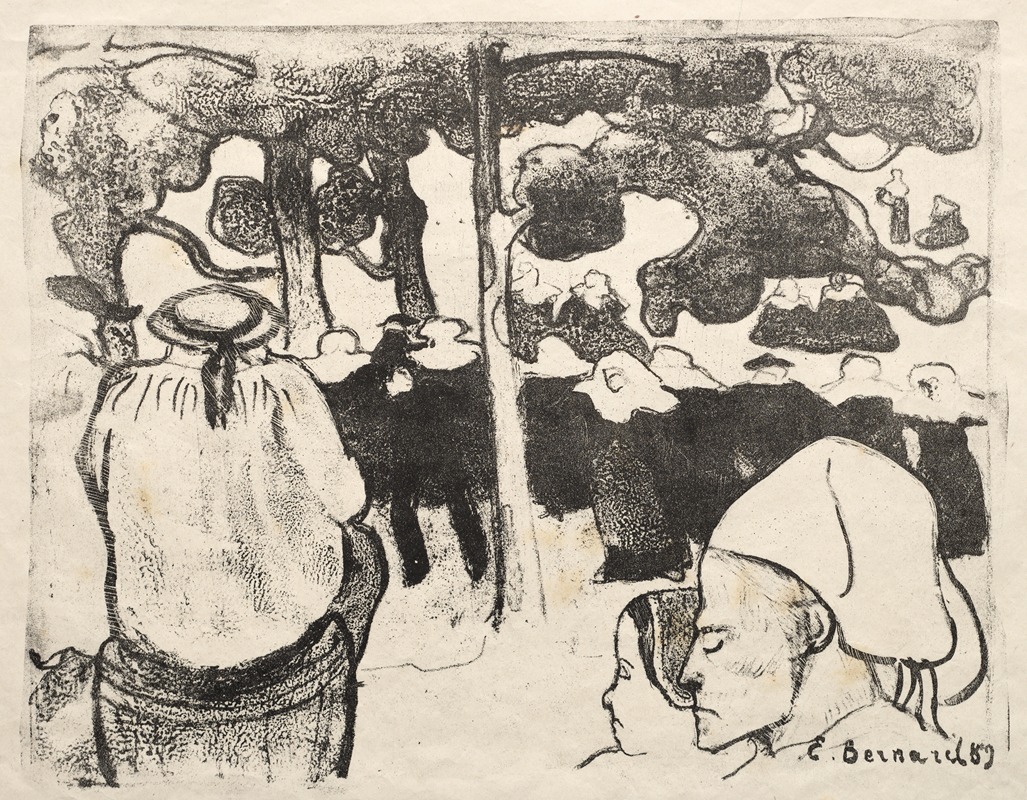
Wedding in Brittany
A hand-painted replica of Emile Bernard’s masterpiece Wedding in Brittany, meticulously crafted by professional artists to capture the true essence of the original. Each piece is created with museum-quality canvas and rare mineral pigments, carefully painted by experienced artists with delicate brushstrokes and rich, layered colors to perfectly recreate the texture of the original artwork. Unlike machine-printed reproductions, this hand-painted version brings the painting to life, infused with the artist’s emotions and skill in every stroke. Whether for personal collection or home decoration, it instantly elevates the artistic atmosphere of any space.
Émile Bernard's Wedding in Brittany (French: Noces bretonnes) is a notable painting created in 1886 by the French Post-Impressionist artist. The work is an early example of Bernard's exploration of Symbolism and Synthetism, movements that sought to move beyond the naturalistic representation of Impressionism by emphasizing bold colors, simplified forms, and symbolic content. The painting reflects Bernard's interest in Breton culture and traditions, which he encountered during his time in Pont-Aven, a small village in Brittany that became a hub for avant-garde artists in the late 19th century.
The painting depicts a traditional Breton wedding scene, with figures dressed in regional costumes. Bernard's use of flattened perspective and bold outlines reflects the influence of Japanese woodblock prints, which were highly admired by many artists of the time. The composition is characterized by its decorative quality and the harmonious arrangement of colors, which emphasize the communal and spiritual aspects of the event rather than focusing on individual expressions or realistic details.
Wedding in Brittany is significant in Bernard's career as it marks his departure from the Impressionist style and his development of a more personal and innovative approach to art. This painting also foreshadows his collaboration with Paul Gauguin, with whom he shared ideas about Symbolism and the use of simplified forms to convey deeper meanings. Bernard's work in Brittany, including this painting, played a key role in the emergence of the Pont-Aven School, a group of artists who sought to break away from academic traditions and explore new artistic directions.
The painting is now housed in the Musée d'Orsay in Paris, where it is part of the museum's extensive collection of 19th-century art. It continues to be celebrated for its contribution to the development of modern art and its depiction of Breton culture during a period of significant artistic innovation.






